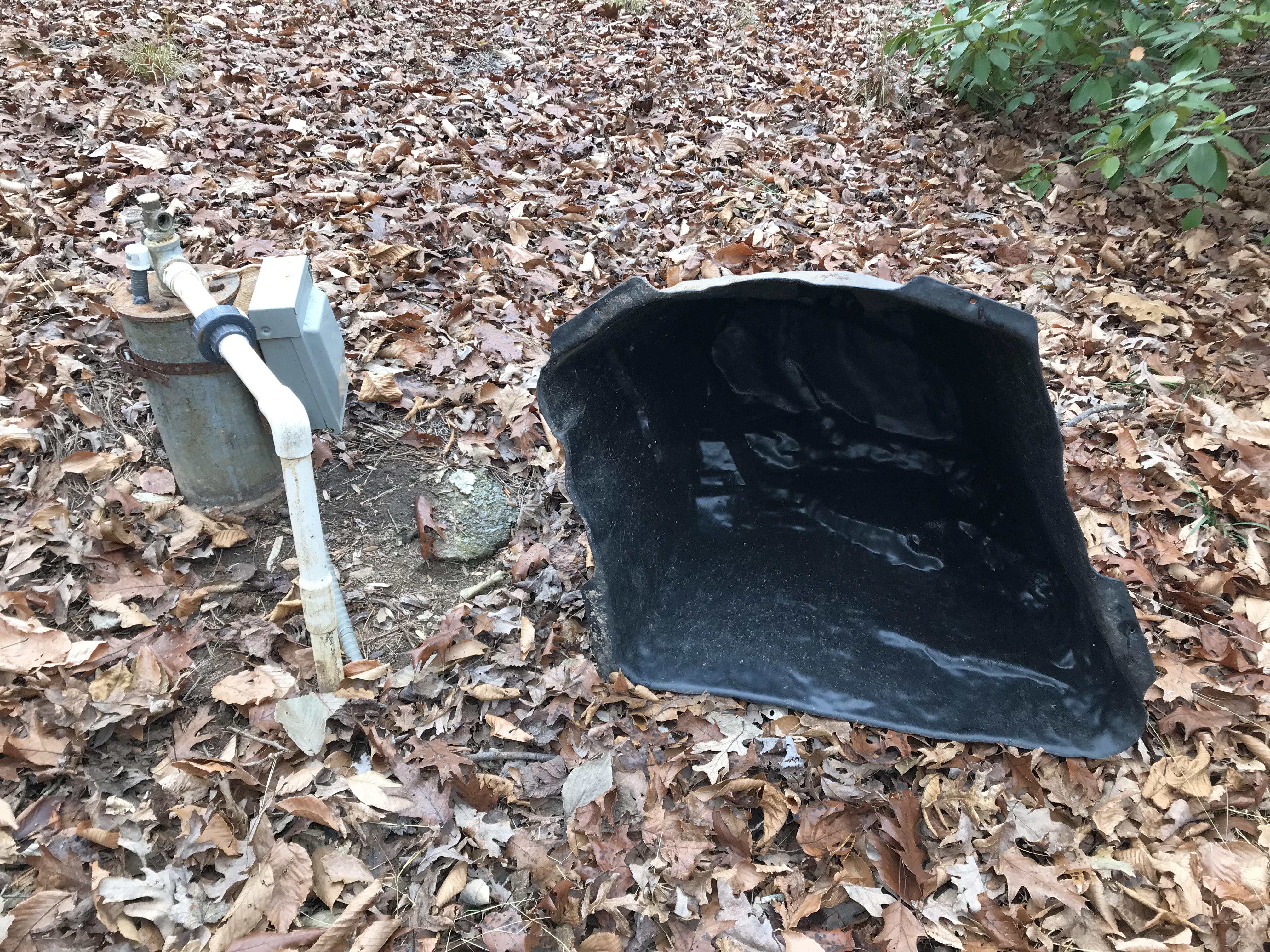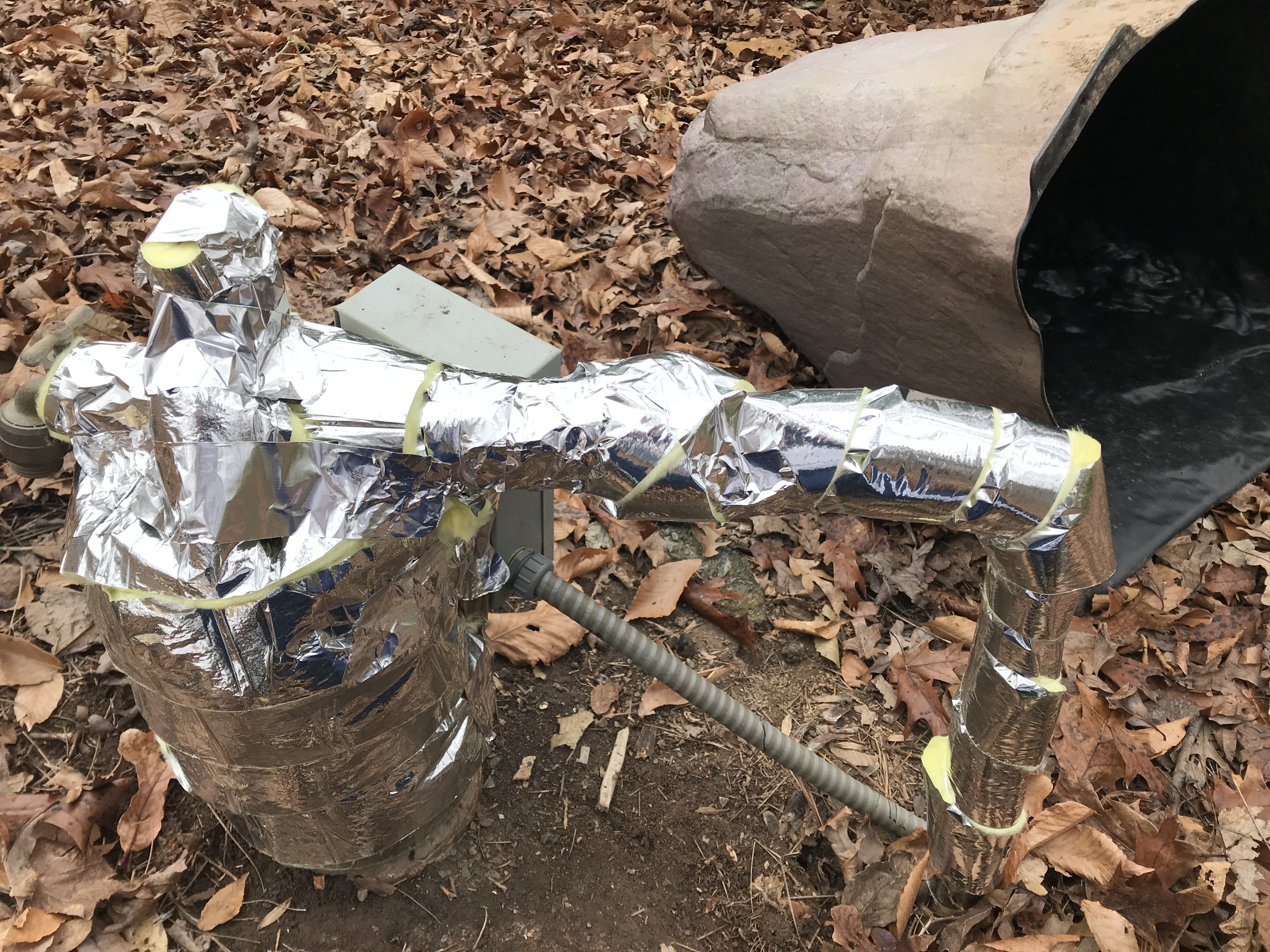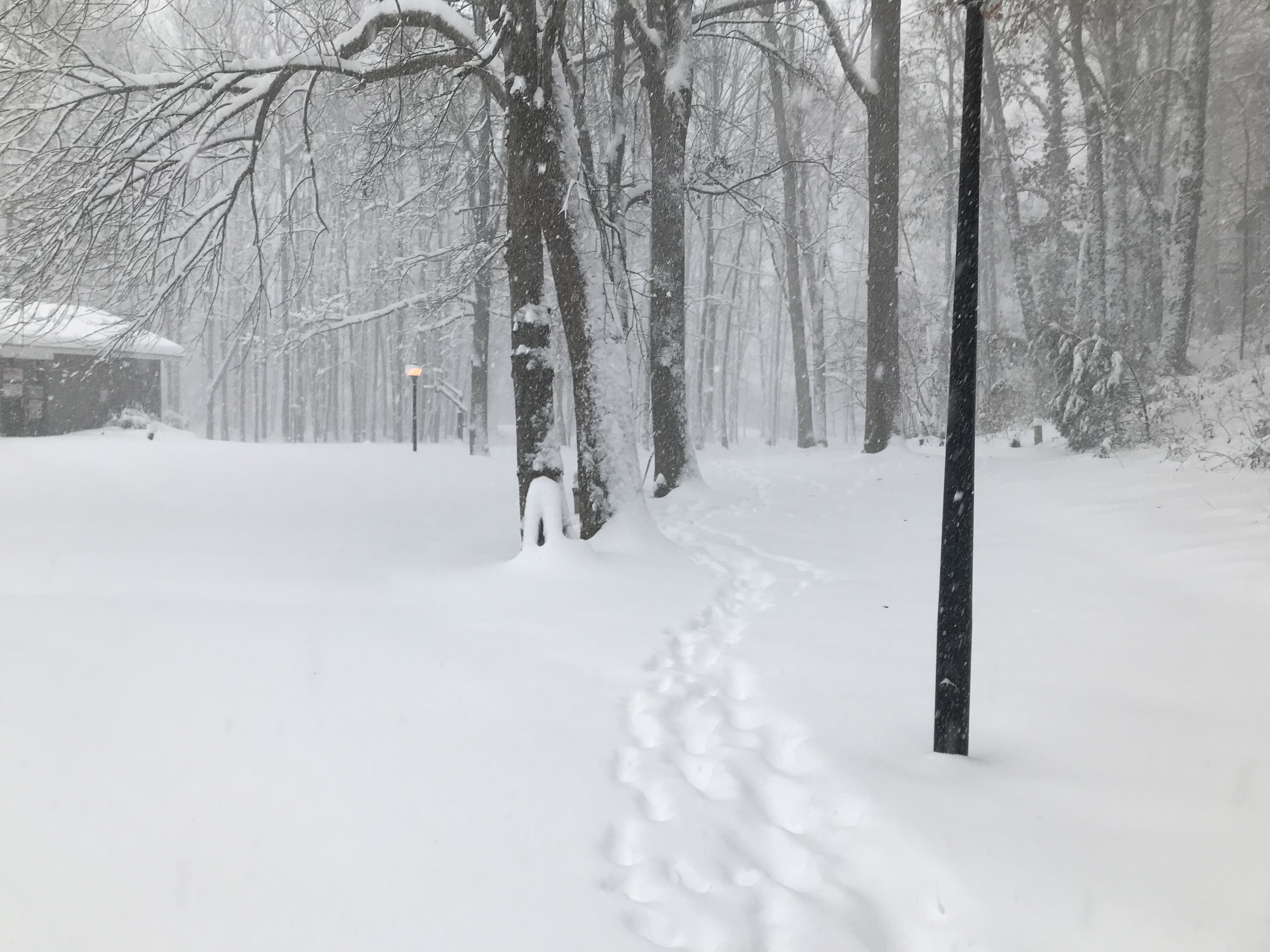Views: 4
Insulating a well pump is a common task that is frequently overlooked. It is not a hard job, just one that is typically forgotten (until it turns cold that is). Now that temps are turning colder, one topic I wanted to check out was the well pump. It is sitting in the yard next to our driveway, under a fiberglass rock.

History And Why Insulating A Well Pump Is Important
I knew based on a conversation with the previous owner, there could be a freezing problem when temperatures drop for long periods of time. In the past, he put a light under the fiberglass shell. Even a small candle light-bulb gives off enough heat to keep the pipes and pump from having any problem.
My dilemma is what if I am on a business trip and out of town? My wife can put a bulb out there no problem, but will both of us even think about it?So, if one is inclined to fidget with things like myself, I wanted to “fix” the situation once and for all. So here is what I did, that you can follow too.
The Links below are the products I used in this blog post:
Depending on your installation you may or may not need additional material.
Ok so step one is to look at the pump and pipes. Go ahead and do a general inspection and brush off any debris. You want a clean surface just to keep things nice and tidy.
If everything looks good, start with the roll of insulation with the foil backing. Start at any place that has odd areas that you would make cuts to cover, like a hard 90 degree elbow or a section that will need to be wrapped on its own. I look at this like you are dressing a wound. Attack the largest problem first then the smaller issues that can be addressed easily.
Once you cover the harder areas, use the foil tape to secure those wraps. Then use the rest of the insulated roll to cover the remaining pipe. You should end up with something similar to this picture below. Don’t worry if your well pump does not look like a Picasso- this is not artwork here.

After taping everything together, grab the bubble wrap and the foil tape. Try to cut out sections of the bubble wrap that could wrap an entire section at a time. I think in this specific case I ended up with 4 panels of the bubble wrap in total. I then started at the long end of the pipe and made my way over to the pump house. This in theory means I covered the pipe more than once to further insulate it from the cold. Use the foil tape to secure each section then use the tape to connect each bubble wrap panel together.
Here is my finished product that should be good down into the teens and lower, that is as long as we run the water periodically.

Finally, when you are done and place your cover back over the pump, make sure to place some leaves and dirt around the base of the fiberglass cover. The more sealed it can be, the better the effect of keeping the heat in and keeping the cold out.
This job might take you 30 minutes to complete – not a huge task, just something that needs to be done.
I got this done just in time before our first snow!

Until next time…


